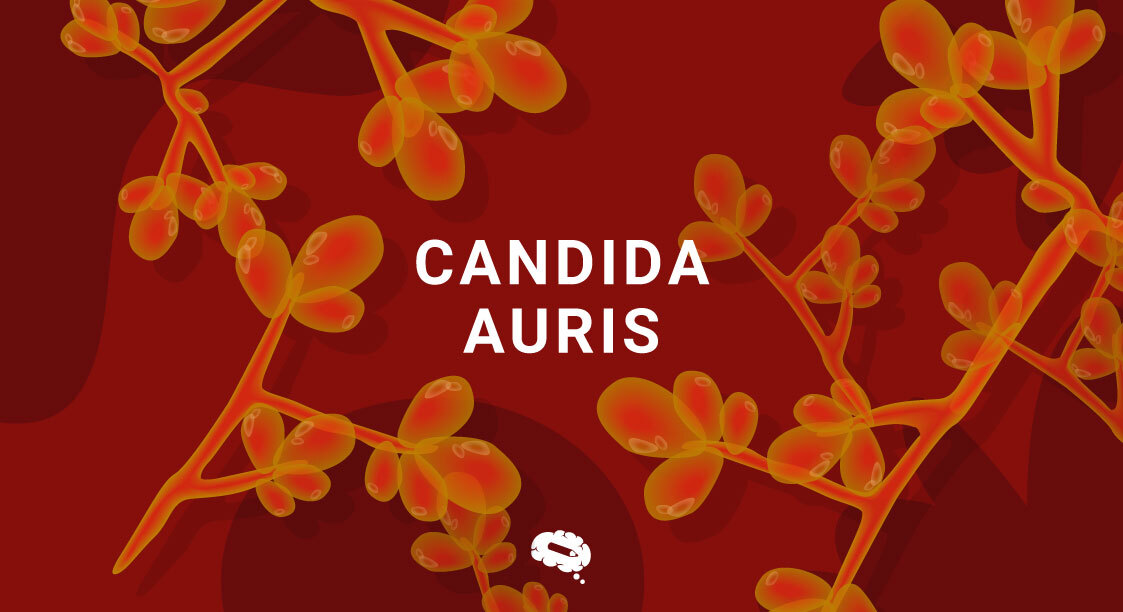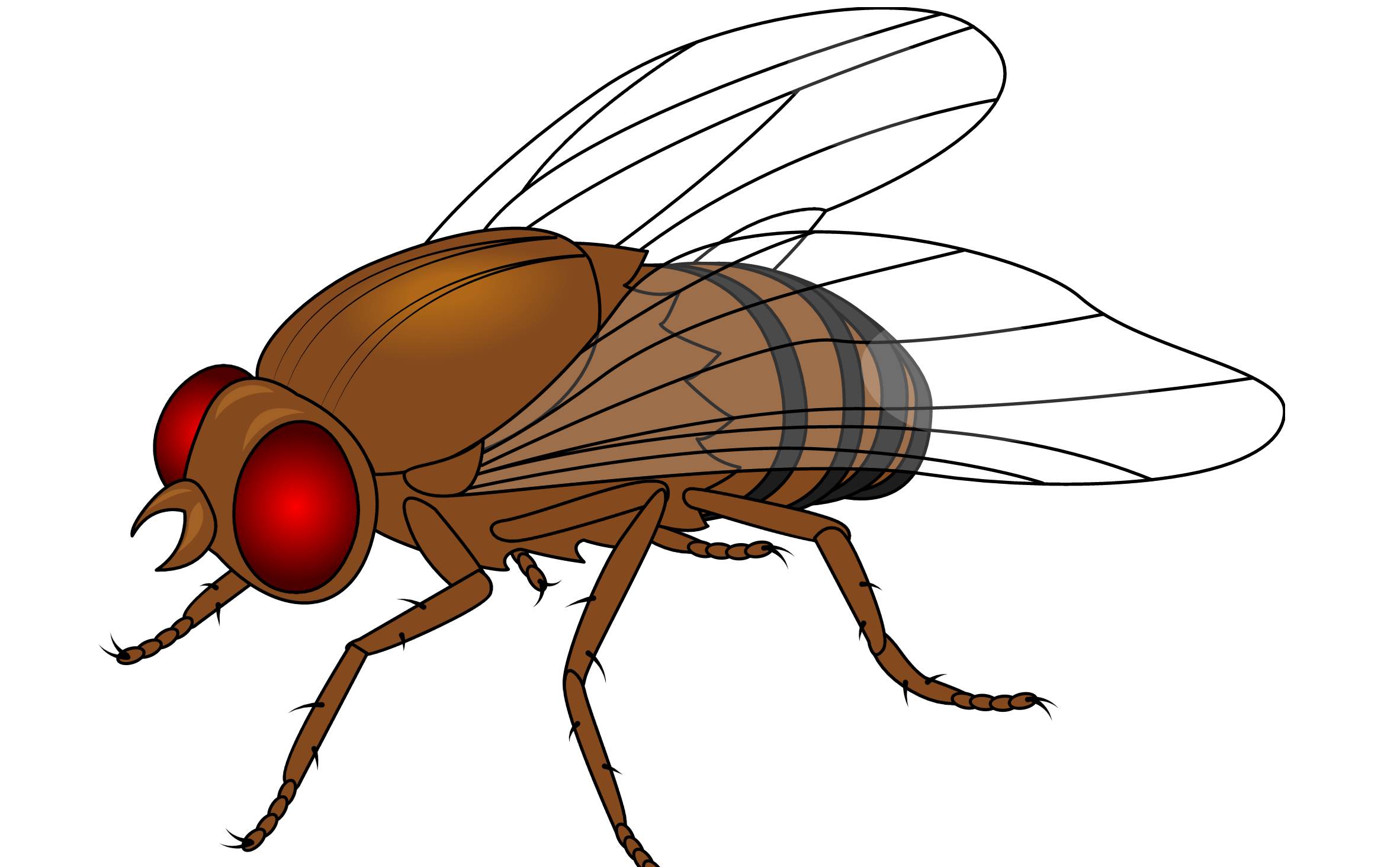Candida auris, a fungus infection discovered in Japan in 2009, has recently emerged as a potential worldwide health issue. This extremely infectious and drug-resistant organism has swiftly spread across hospitals, nursing homes, and other healthcare institutions in various countries, resulting in serious infection epidemics with significant fatality rates. Despite healthcare experts’ efforts to restrict the spread of Candida auris, the fungus has expanded and presents a substantial threat to worldwide public health.
According to the Centers for Disease Control and Prevention (CDC), there were 2,377 clinical cases and 5,754 screening cases in the previous 12 months (January 2022 – December 2022) in the US.
The symptoms of Candida auris, the ways and the variables that contribute to its spread, and how to prevent this developing fungal illness will be discussed in this article.
What is Candida Auris?
Candida auris is a fungus that can cause serious infections in humans. It was discovered in Japan in 2009 and has since become a major worldwide health hazard because of its fast spread, medication resistance, and high fatality rates.
This fungus is a yeast of the same family as Candida albicans, which is a major cause of thrush and other fungal illnesses. Candida auris, on the other hand, differs from other Candida species in various aspects, including its capacity to remain on surfaces for extended periods of time, resistance to multiple types of antifungal medicines, and propensity to produce epidemics in healthcare facilities.
It infections can damage the bloodstream, respiratory tract, and urinary tract, among other body parts. Infection symptoms vary based on location and intensity, but frequent indicators include fever, chills, and weakness. Invasive Candida auris infections can be fatal, especially in people with compromised immune systems or other underlying health issues.
According to CDC data, between 30 and 60 percent of hospitalized patients, who get bloodstream infections, die. The CDC does highlight, however, that many of these patients also had other significant conditions that raised their risk of mortality.
Who is at risk for infection from Candida Auris?
Those who are hospitalized or have recently received medical treatment, particularly in high-risk settings such as intensive care units, long-term care institutions, and rehabilitation centers, are at a higher risk of Candida auris infection.
Moreover, those with weaker immune systems as a result of illnesses such as HIV, cancer, diabetes, or those who have had organ transplants or other surgical procedures are more likely to acquire Candida auris infections.
Individuals who have previously had antibiotics or antifungal medicines, healthcare providers, and anyone who come into contact with sick patients, are less likely, but may also get Candida auris.
How is Candida Auris spread?
Candida auris can spread from patient to patient in hospital settings by contact with infected surfaces, medical equipment, or healthcare providers’ hands. It can also spread through close contact with an infected individual’s skin, bodily fluids, or lacerations. Candida auris may persist on surfaces for extended periods of time, making it easier to spread in hospital settings.
Moreover, Candida auris can spread through the air, which is a hazard for anyone who could be exposed to respiratory secretions or aerosolized particles. The probability of airborne transmission appears to be minimal, and further research is needed to properly grasp the scope of this form of transmission.
What are the symptoms and diagnosis of Candida Auris?
Candida auris infection symptoms vary based on the location and intensity of the infection. In some circumstances, individuals may not exhibit any symptoms, whilst, in others, the infection can be severe and potentially fatal. Candida auris infections commonly cause the following symptoms:
- Chills and fever;
- Weakness and fatigue;
- Aches and pains in the joints;
- Breathing difficulty;
- Rashes or sores on the skin;
- Disorientation;
- Sepsis can be caused by bloodstream infections, which can lead to organ failure and death.
Candida auris infections can be difficult to diagnose since the symptoms are similar to those of other infections, and it can be mistaken with other forms of yeasts, specifically Candida haemulonii. To diagnose Candida auris, healthcare providers may utilize a mix of procedures, such as blood cultures, urine cultures, or cultures of other infected bodily fluids or tissues.
Treatments and prevention of Candida Auris
Treatment of Candida auris infections can be difficult due to the pathogen’s resistance to numerous antifungal medications. Nonetheless, various medicines, including echinocandins, polyenes, and triazoles, have proven efficacy in treating Candida auris infections. The treatment employed will be determined by the location and severity of the infection, as well as the patient’s overall health and any underlying medical issues. To properly treat the infection, combined therapy with different antifungals may be required in some circumstances.
Candida auris infection prevention is critical, especially in hospital settings. Infection prevention methods can help decrease the fungal spread and avoid outbreaks. Among these measures are:
- Before and after caring for patients with Candida auris infections, healthcare providers should wash their hands with soap and water or use an alcohol-based hand sanitizer.
- While caring for patients with Candida auris infections, healthcare providers should use gloves, gowns, and other appropriate personal protective equipment.
- Surfaces and equipment in patient care areas should be cleaned and disinfected on a regular basis with EPA-registered disinfectants that are effective against Candida auris.
- Healthcare facilities should monitor for Candida auris infections, particularly in high-risk patient populations.
- Patients with Candida auris infections should be isolated in a single-patient room with specialized equipment and limited visitor access.
It’s worth noting that early detection and treatment of Candida auris infections, together with rigorous infection control measures, can aid in the prevention of the spread of this emerging fungal infection.
Revolutionizing scientific communication and empowering scientists
Conventional scientific communication frequently depends on the dense text and complicated data tables, which can be difficult to grasp for many individuals. Mind the Graph platform makes this process easier by allowing scientists to easily produce clear and aesthetically attractive visuals such as infographics, posters, figures, and diagrams.

Subscribe to our newsletter
Exclusive high quality content about effective visual
communication in science.






